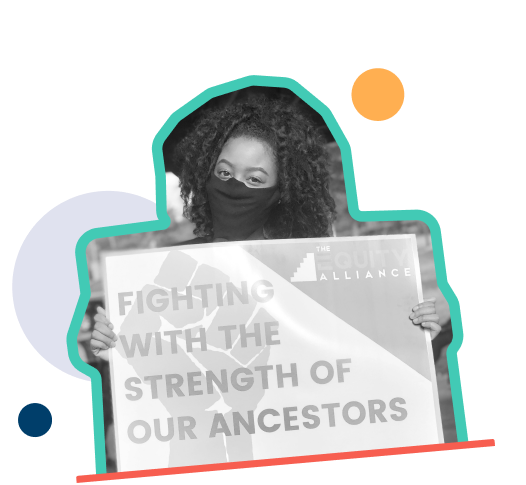We at Funders for a New Economy (FJE) and the Neighborhood Funders Group (NFG) believe we have a critical mass of people of color and white allies within philanthropy who are interested in a new path— who are ready to talk about race, who are ready to acknowledge that this country’s economic policies were not written for the vast majority of its people, and, yes, who are ready to call out oppression within philanthropy. There is readiness to talk in plain speech about people’s lived experiences, the root causes of problems, and new possibilities for an economy and world that work for all of us. With escalating violence against communities of color and persecuted groups across the country and world, many of us feel that we must step into our highest callings now more than ever.
This report shares one portion of the story of the Funders for a Just Economy’s work to bring an explicit lens of race, gender, sexual orientation, class, and migration status to our notions of economic injustice and justice. It is part of a long arc of learning and practice.
We hope to partner with you in this historic and purposeful work. Every single one of us, and every one of our institutions, has a role to play. It may not be an easy or comfortable path, but it does open up philanthropy to transformation beyond our wildest dreams.
Learn more in the full resource, originally published in May 2018.
Twelve Best Practices in Intersectional Grantmaking
- Have a historical frame—particularly regarding how the legacy of slavery, genocide, the settler state, imperialism, and heteropatriarchy shape our economy.
- Center the experiences of Black people, indigenous people, migrants, queer people, and women of color, especially trans and queer women of color.
- Take guidance from front-line community leaders.
- Invest in the ideas and strategies of Black leaders and women of color, especially trans and queer women of color, on the front lines.
- Invest in the ideas and strategies of Black leaders and women of color, especially trans and queer women of color, within philanthropy.
- Understand people’s experiences holistically (not through issue silos) and develop strategies accordingly.
- Support solutions that address root causes and seek systemic change.
- Help donors see how an intersectional approach advances their agenda.
- Self-assess and adjust strategies and practices accordingly.
- Look to public and local foundations for guidance; build inclusive partnerships across traditional divides & hierarchies within philanthropy.
- Make structural adjustments to grant-making practices.
- Show up for our philanthropy colleagues who are centering the leadership of women of color, especially trans and queer women of color
